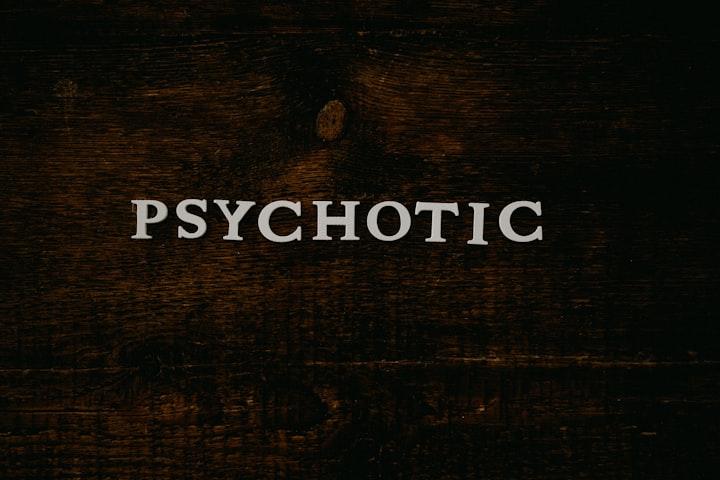Communication Disorders
By: Mahpara Mukhtar | Date: July 22, 2023

"Communication disorders are a group of neurodevelopmental conditions that involve persistent problems related to language and speech" (Psychology today, 2019). Another way of simplifying it in another definition - "communication disorders (CD) are associated with difficulties in language, speech, verbal, and nonverbal communication" (Blain, 2022).
They can remain throughout maturity but most frequently happen in youngsters. Nearly one in ten American youngsters are thought to suffer from a communication issue.
Types of communication disorders
The communications disorder types listed by DSM-5 include:
- Social (pragmatic) communication disorder - includes deficits that are primarily related to social interaction and affect both verbal and nonverbal communication. Grammar and punctuation, as well as language comprehension, are unaffected by SCD. Those who this type of communication disorder has difficulties in the following areas of - Pragmatics, Conceptualizing sentences, Verbal communication, Non-verbal communication, Understanding emotions.
- Language disorder - language learning and usage challenges in spoken, written, or sign languages, among other modalities. The people who this type of disorder have difficulties in producing - Syntax, Semantics, Phonology, Morphology, Pragmatics.
- Speech sound disorder - this is where there is an ongoing issues making speaking sounds and having trouble smoothly articulating words. It makes it more difficult to understand others and communicate effectively.
- Childhood-onset Fluency Disorder - stuttering is a term used to describe a problem of fluency that appears in childhood. It happens when a child's speech is affected in a way that obstructs their typical speaking pattern and fluency. This includes - interrupted speech, prolonging sounds, and repeating sounds/syllabus. The disruption results in anxiety or restrictions on social, intellectual, or occupational functioning.
- Unspecified communication disorder - apply to children who display some of the symptoms linked to other CDs. However, kids with an unidentified communication issue don't quite fit any of the other communication disorders' diagnostic requirements.
Symptoms
There are several CD types. They symptoms of communication disorder depend on the severity of type of communication disorder. Despite their differences, the majority of them exhibit difficulty in the areas of verbal and nonverbal communication listed below:
- repetitive sounds
- misuse of words
- inability to communicate in an understandable way.
- inability to comprehend messages.
- Difficulty in language comprehension
- Facial expressions or gestures
- Social cues or lack of emotional perception.
Causes
Like other diseases or mental problems, the reasons of communication impairments are frequently unknown. Some researchers and psychiatrists propose reasons that might have an impact on the emergence of communication problems. Communication disorders can be acquired or developmental illnesses. among the causes are:
- Abnormal brain development
- Exposure to substance abuse or toxins before birth
- genetic factors
- traumatic brain injuries
- neurological disorders
- strokes
- tumors in the area used for communication.
Treatment
Speech-language therapy
People with communication difficulties might benefit from specialized therapy that focuses on speech production, language abilities, social communication, and pragmatics.
Augmentative and Alternative Communication (AAC)
In order to enhance or replace verbal communication, communication impairments are frequently treated using sign language, image boards, or computer gadgets.
Counseling and psychological support
Giving people who are experiencing communication disorders treatment and help to deal with their emotional and psychological difficulties can boost their self-esteem and lower their chance of developing mental health issues.
Summary
It is recommended to chat with a doctor about a potential examination if you or your kid is exhibiting symptoms of a communication impairment. The symptoms of a CD may make it challenging to communicate with others and form connections, which can be stressful for the person experiencing it or their loved one. To improve communication abilities and gradually make you more at ease in social circumstances, there are therapeutic choices accessible. Having support from your loved ones is a great start of recovering from communication disorders, and the psychiatrist are able to help with diagnosing and give the right treatment for the communication disorder.
References:
Giorgi, A. (2019). Communication Skills and Disorders. [online] Healthline. Available at: https://www.healthline.com/health/communication-skills-and-disorders#Prevention [Accessed: 22 Jul. 2023].
Psychology today (2019). Communication disorders | Psychology Today. [online] Psychology Today. Available at: https://www.psychologytoday.com/us/conditions/communication-disorders [Accessed: 22 Jul. 2023].
Blain, T. (2022). What to Know About Different Types Communication Disorders. [online] Verywell Mind. Available at: https://www.verywellmind.com/communication-disorder-types-5220602 [Accessed: 22 Jul. 2023].





Comments
There are no comments for this story
Be the first to respond and start the conversation.